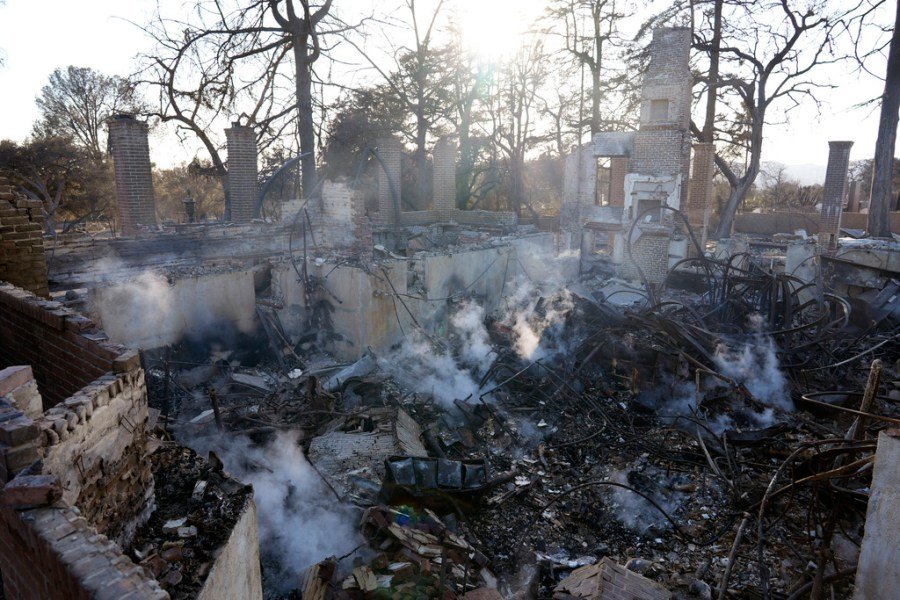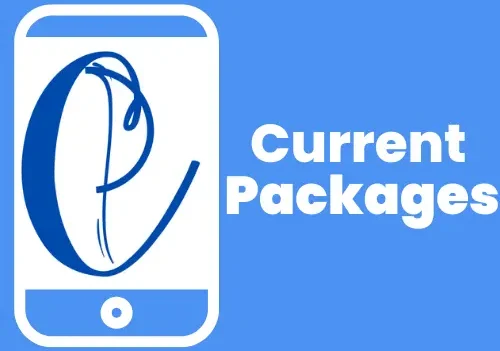What Happens to Your Mortgage and Property Taxes If Your Home Burns Down?

Natural disasters like wildfires can be devastating, leaving families displaced and uncertain about their financial responsibilities. In the wake of destruction, one of the most pressing concerns for homeowners is what happens to their mortgage and property taxes if their house is no longer standing. You have to pay your mortgage even if your house burns down, as the loan agreement is based on the borrowed amount rather than the physical condition of the property.
While financial relief options exist, the obligation to make payments does not simply disappear. Homeowners must navigate mortgage forbearance, property tax reassessments, and potential insurance claims to find the best course of action for their situation.
Mortgage Payments after a Home is destroyed
Even if a house is reduced to ashes, the mortgage tied to it remains intact. Mortgage agreements are based on the loan itself, not the physical state of the property. This means that homeowners must continue making payments unless they arrange alternative solutions with their mortgage servicer.
Additionally, mortgage insurance does not cover mortgage payments in cases of natural disasters. Mortgage insurance protects lenders rather than borrowers, ensuring that financial institutions recover their investment even if a homeowner defaults. Homeowners who suddenly stop making payments risk credit damage, default, and ultimately foreclosure, which can be especially concerning in high-value real estate markets where land itself carries significant worth. The Nakase Law Firm fire attorney and insurance lawyers provide legal services to homeowners with insurance claims and claims against PG&E.
Mortgage Forbearance: A Temporary Relief Option
Many mortgage servicers offer disaster mortgage forbearance, which allows homeowners to pause payments for a set period. However, this relief is not automatic—homeowners must contact their mortgage servicer and request it.
Forbearance programs typically extend for three to six months, with some going up to a year. Federally backed loans, such as those under Fannie Mae, Freddie Mac, the Federal Housing Administration (FHA), or the Department of Veterans Affairs (VA), are required to offer forbearance in disaster scenarios. Private lenders may also extend similar relief, but terms vary based on the servicer’s policies.
Repayment Options After Forbearance
Once the forbearance period ends, homeowners must resume payments, but repayment does not necessarily have to be in a lump sum. Several options exist:
- Lump sum payment – Paying all missed payments at once to bring the mortgage current.
- Repayment plan – Adding extra amounts to monthly payments over time until the past due balance is covered.
- Payment deferral – Pushing the deferred payments to the end of the loan term, ensuring homeowners can continue with regular monthly payments without immediate financial strain.
- Loan modification – In some cases, lenders may permanently adjust loan terms, such as reducing the interest rate or extending the repayment period, to make payments more manageable.
Many homeowners who took advantage of mortgage forbearance during the COVID-19 pandemic will already be familiar with this process.
Property Taxes: Do You Still Have to Pay?
Property tax obligations do not automatically disappear after a disaster, but relief options may be available. Counties typically reassess properties that sustain major damage, potentially lowering the taxable value.
For example, in Los Angeles County, homeowners can apply for a misfortune or calamity claim if property damage exceeds $10,000. If approved, the property tax rate will be adjusted until the property is rebuilt.
Homeowners should:
- Request a reassessment if damage significantly affects the property’s value.
- Apply for a tax payment delay if financial hardship makes it difficult to pay on time.
Local tax offices provide specific guidelines for applying for these adjustments, and homeowners should act promptly to ensure they receive the relief available.
Utility Bills and Temporary Housing Assistance
Aside from mortgage and tax concerns, homeowners may also worry about their utility bills. Many utility companies offer disaster relief, including billing suspensions, temporary forgiveness, or adjustments for homes affected by wildfires.
In Los Angeles, for example:
- Southern California Edison suspends billing for properties in mandatory evacuation zones.
- SoCalGas forgives bills for destroyed properties and does not charge customers for outages due to safety shutdowns.
- Los Angeles Department of Water and Power (LADWP) pauses billing and offers financial assistance programs for those struggling to pay.
Additionally, several organizations and platforms help displaced homeowners find temporary housing:
- Airbnb.org and 211 LA provide free temporary housing.
- Discounted housing options are available through some landlords and hotels.
- Short-term rentals via Airbnb, VRBO, or local listings can offer flexible housing solutions.
Homeowner’s Insurance: What Does It Cover?
For homeowners with insurance, policies typically cover rebuilding costs, mortgage settlements, and temporary living expenses. The structure of payouts depends on the coverage type and claim details.
- Dwelling coverage helps rebuild the home or purchase a new one. However, mortgage lenders are paid first before any funds are distributed to homeowners.
- Loss of use or additional living expense coverage provides financial support for temporary housing and living costs while repairs are underway.
- Personal property coverage reimburses homeowners for damaged or lost belongings, often calculated as a percentage of the home’s insured value.
For example, if a home is insured for $300,000 and has 50% personal property coverage, the homeowner may receive $150,000 for lost belongings. Some policies offer replacement cost coverage (paying the full cost of new items), while others offer cash value coverage (paying the depreciated value).
What If You Don’t Have Homeowner’s Insurance?
Homeowners without insurance or those whose policies exclude wildfire damage face significant financial hurdles. However, assistance options exist:
- Federal Emergency Management Agency (FEMA) provides limited housing aid but does not cover mortgage or rent payments. Assistance includes:
- Rental support for temporary housing.
- Lodging reimbursement for emergency stays.
- Home repair grants for uninsured damages.
- State and local aid – Depending on income level and financial hardship, homeowners may qualify for low-interest disaster loans or grants to help with recovery.
For those without coverage due to rising insurance costs, navigating available assistance requires a case-by-case approach. Homeowners should gather financial documents and work with relief agencies to determine their eligibility for aid.
Steps Homeowners Should Take Immediately After a Disaster
If a wildfire or other disaster destroys a home, the first steps homeowners take can impact their financial recovery.
- Contact the mortgage servicer – Request forbearance or discuss repayment options.
- File an insurance claim – Work with insurers to maximize coverage and ensure all expenses are properly documented.
- Apply for property tax reassessment – Lower tax burdens based on the home’s reduced value.
- Seek temporary housing assistance – Use local and federal programs to find housing while rebuilding.
- Monitor credit and financial obligations – Stay on top of debts and expenses to avoid long-term financial damage.
Conclusion
Losing a home to a wildfire is a devastating experience, but financial responsibilities remain. While mortgage and tax obligations do not disappear, relief programs exist to help homeowners navigate the challenges of rebuilding. Whether through mortgage forbearance, insurance claims, property tax reassessments, or government assistance, homeowners must take proactive steps to secure their financial stability after disaster strikes.Bottom of Form






